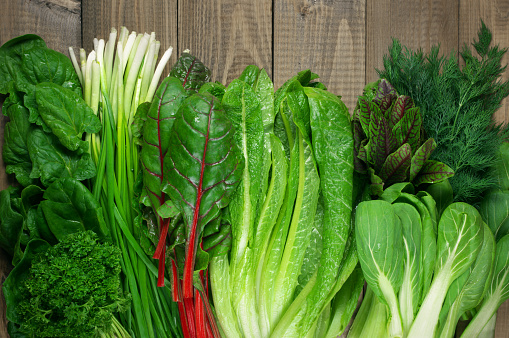While bioactive nutrients—like those found in fruits, veggies, tea, and cocoa—have been praised as a source of good health, professionals are calling for safe level guidelines to regulate them.
A team of researchers at the University of Illinois College of Agricultural, Consumer and Environmental Sciences (ACES) want public health officials to recommend maximum intake levels for bioactives. This, they say, will help to educate people about what they are consuming.
John Erdman, a professor emeritus in the Department of Food Science and Human Nutrition at the University of Illinois and leader of the study, reports that the key to establishing appropriate levels is assessing bioactives’ safety and potential toxicity.
“There’s been a huge amount of interest in bioactives in foods, not only in the College of ACES at Illinois, but around the world, as they relate to cancer, heart disease, diabetes, and longevity,” he says. “Often times we’ll use an animal model or cell culture model to test a bioactive to see if it has efficacy. I don’t think very many people think about the safety side, though.”
Today, bioactive use is not currently regulated. Because of this, Erdman and his team want to see Recommended Dietary Allowances (RDAs) and/or Dietary Reference Intakes (DRIs) set for these nutrients. This, says Erdman, will determine efficacy, as well as safety.
“If we’re going to make recommendations for something like resveratrol, a compound in red wine, as an example, or lycopene, the red pigment in tomatoes, we should have an idea about how much is really needed for efficacy,” he explains. “How often do you need to consume it? And are supplements of resveratrol or lycopene absorbed by humans and stable in the bottles? If you just go to a health foods store for supplements, you don’t really know what you’re getting.”
Erdman adds, “You don’t want people thinking they are improving their health by consuming large amounts of the material and are actually causing harm. In order to make recommendations you have to know what the upper safe limit of the material is. In many cases that’s not known very well. There has been much less work done with bioactives.”









